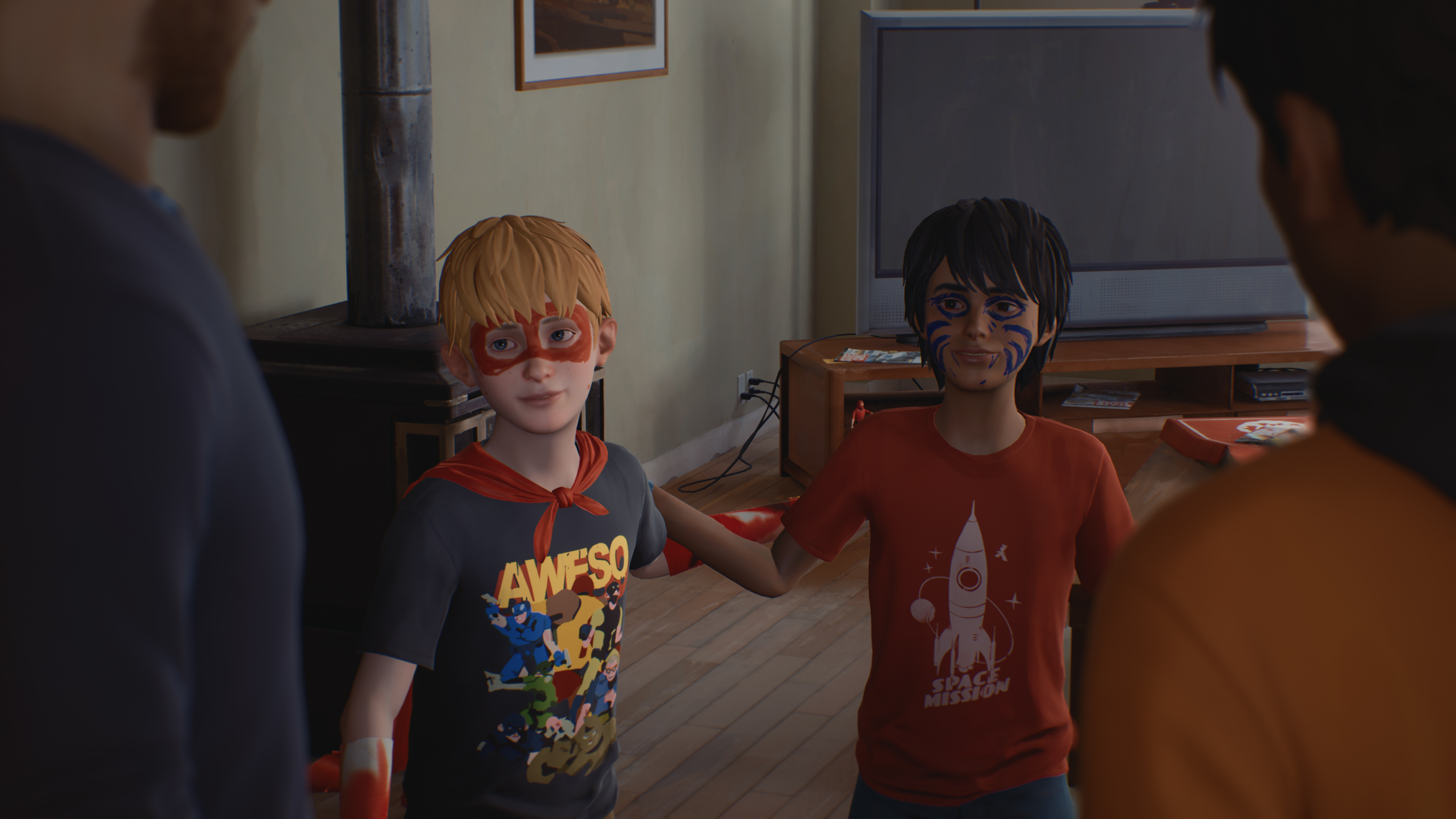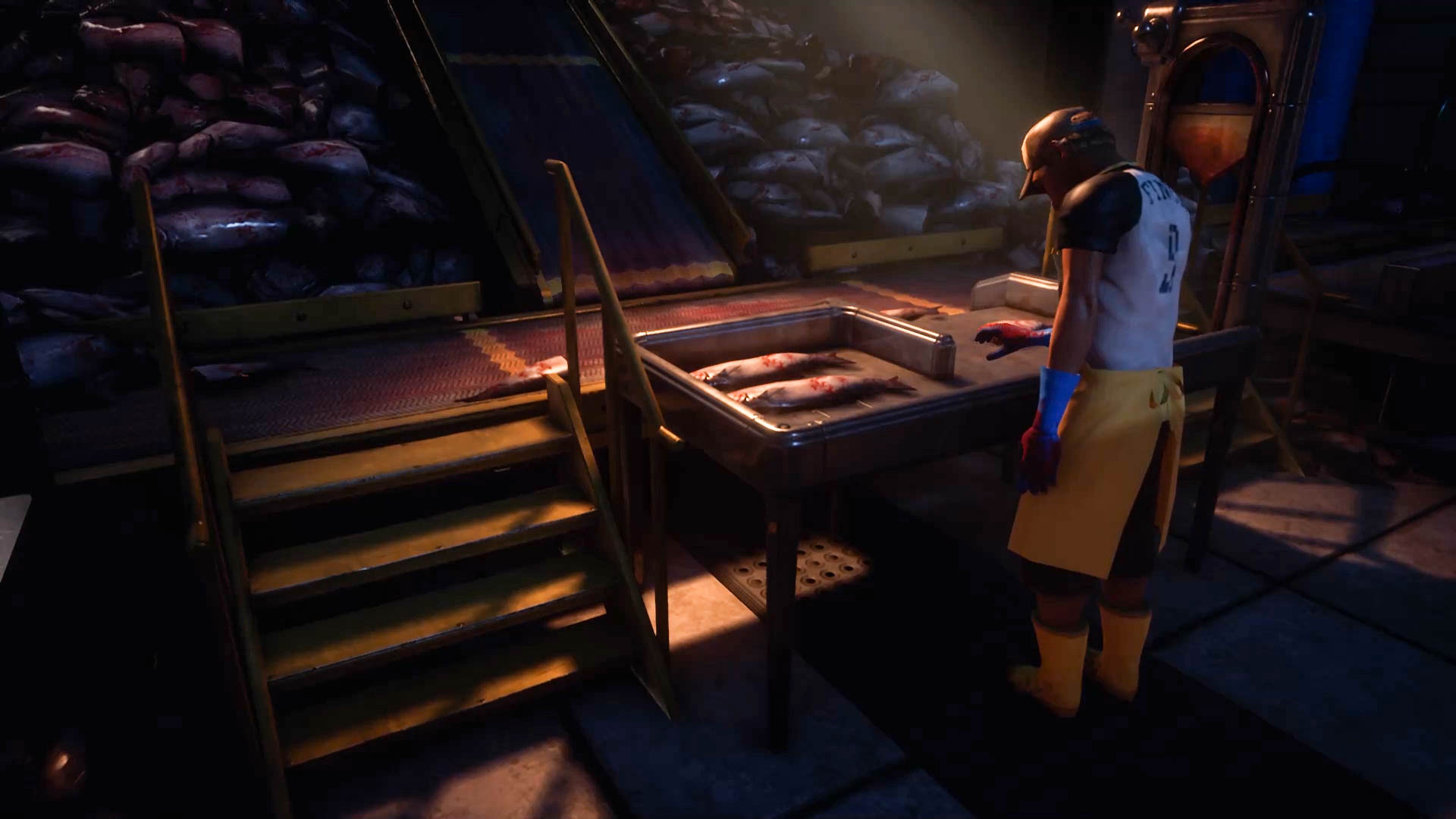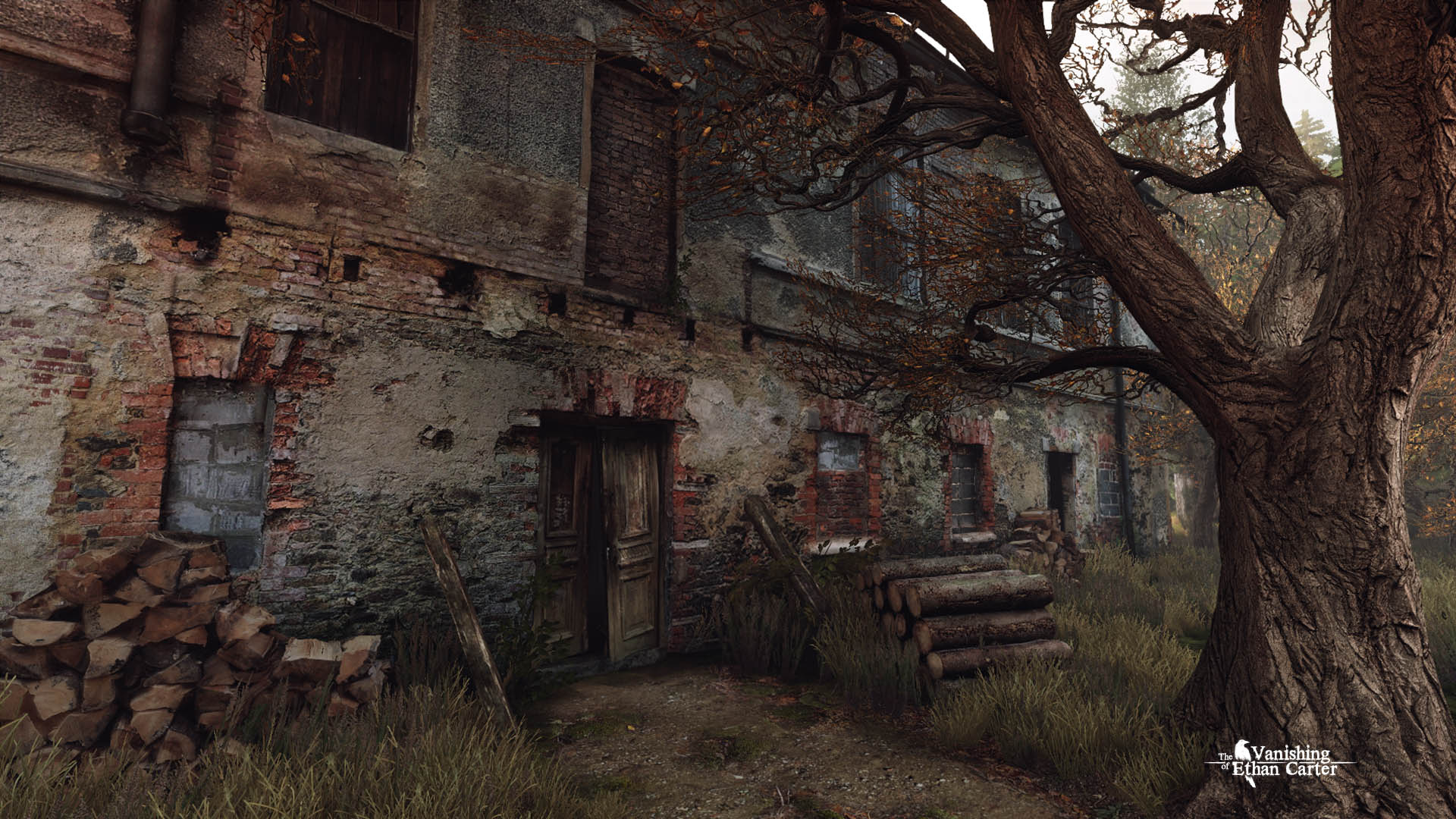Keep your damn minigames off my damn adventure game lawn
If a minigame doesn't add to the drama, just leave it out.

Pick up any game released in the last ten years and you’ll more than likely come across a minigame or two in them. For the most part, I expect to see them in almost every game I play, especially games with long campaigns. They’re not always the greatest, as we have talked about in the past, but when minigames are done right, they create a interesting layer of interaction that can break up some of the monotony and maybe give you a relaxing break. When done wrong, they create confusion, frustration, sometimes to the point where you’ll never pick up the game again. (I’m looking at you, Fallout 4: Far Harbor with your DiMA’s “forgotten” memories minigame.)
With narrative adventures, the story is the driving force. They can function fine without minigames. Sure, in some cases it wouldn’t make sense to take them out, like the cannery mini game in What Remains of Edith Finch, but if the gameplay doesn’t meld with the story, the minigame will just slow down the pace. With narrative adventures, the story drives the game, not the gameplay.

Playing the episode two of Life is Strange 2 showed me just that. In addition to bringing back its sketching minigame, it adds a dice game that Sean and Daniel play to pass the time and forget about their grueling travels. The rules of the minigame aren’t directly explained, but from what I gathered, rolling specific numbers allows you to outfit your pirate ship with a captain, crew, and supplies, which in turn gives you a specific number of points. The person with the most points wins.
This minigame is not fun. The characters repeat the same dialogue as you sit there clicking and clicking for both characters to roll the dice. Thankfully, you can end it early, let Daniel have his victory, and move on with the story that is already moving slowly. This isn’t the first time I’ve felt this way with a minigame from any of the Life is Strange games. I didn’t exactly enjoy scrounging around for car parts and décor as Chloe in Life is Strange: Before the Storm to fix up her truck. The first tabletop campaign was entertaining, but when the second one came around in the third episode, I wanted it to end as soon as possible so I could get back to the main storyline. I don’t recall there being any minigames in original Life is Strange, and that’s probably why I feel that game has the strongest story out of the three.

Narrative adventures—branching narrative, walking sims, text-based, point-and-click—occupy a still experimental space between traditional prose and film. The Life is Strange games excel at filling quiet moments with emotional monologues or dialogue. The moments where the character can sit alone and let their raw emotions flow as the camera pans around the scenery and bittersweet music swells are some of the most powerful types of scenes in the Life is Strange games. They’re powerful not just because we’re seeing the character in a vulnerable state, but because they are doing something to either advance the plot or develop the character further on their journey. The dice minigame is a missed opportunity to do just that. Every scene should have meaningful conflict.
Every scene should have meaningful conflict.
But what can kill an otherwise good scene or free flowing plot is a minigame forced into the story to help “gamify” it. If it’s considered good game writing to meld the narrative with the gameplay, should these minigames not also explore conflict? Should they not also move the plot along or continue developing characters? Going back to the cannery scene in What Remains of Edith Finch, it’s not just about multitasking, cutting the heads off the fish while navigating the rivers of your kingdom in your daydream. You are living through the character’s last moments; the pace of that character’s story isn’t slowed down by the minigame, and neither is the game as a whole. If we look at The Vanishing of Ethan Carter, every one of Ethan’s stories you come across is a minigame, but they all work alongside solving his disappearance because they gradually build on his character until you realize what fiction writing really meant to Ethan. It’s freakin’ heartbreaking.

I’m not here to just pick on Life is Strange 2. There’s other narrative-adventure games with questionable minigames, even one of my favorites—The Red Strings Club. While the bartending minigames were integral to Donovan’s character, I didn’t like Akara-184’s pottery adventures. The material you shape is biomatter instead of clay, and what you’re doing is turning the biomatter into personality alternating implants. But why does the biomatter need to be thrown like clay? This is supposed to be a high-tech world, and yet the game is asking you to stick “pottery” into people like sponges. The more important point of this minigame was choosing the right implants to put into those individuals, not the biomatter throwing. Being forced to shape every single implant was the worst, time-consuming aspect of that game.
The biggest gaming news, reviews and hardware deals
Keep up to date with the most important stories and the best deals, as picked by the PC Gamer team.
This is all just to say that narrative adventures don’t need to be “gamified.” Their form is completely different from a more traditional game, and that’s fine. No need to force in something in there that doesn’t need to be there. The “game” aspect comes in the form of branching dialogue or a well-incorporated mechanic that creates a more immersive story. I hope that future Life is Strange games completely axe all minigames and replace that downtime with meaningful story or character development.


